Notice
5. Several Query Forms
- document 1 document 2 document 3
- niveau 1 niveau 2 niveau 3
Descriptif
In the fifth part, we will see several query forms. Until now, we have seen the select where SPARQL query form but there are three additional possible forms of query...
Intervention / Responsable scientifique
Thème
Documentation
Documents pédagogiques
Dans la même collection
-
4. Pre and Post Processing
GandonFabienFaronCatherineCorbyOlivierIn the fourth part, we will see the pre and post processing of a SPARQL query. An RDF dataset is composed of a default graph
-
1. RDF Graph Pattern Matching
GandonFabienFaronCatherineCorbyOlivierThis third part presents the SPARQL (pronounced sparkle) Query Language that enables users to query RDF triple stores. The SPARQL query language enables us to access data
-
Demos about SPARQL
GandonFabienFaronCatherineCorbyOlivierFlint, a SPARQL Query Editor Editors are now available for SPARQL. We present the Flint structured editor which provides syntactic coloration. The editor proposes SPARQL keywords according to the
-
3.Filter, Constraint and Function
GandonFabienFaronCatherineCorbyOlivierIn the third part, we will see the filters, constraints and functions. It is possible to filter the results of query using
-
6. Results and Update
GandonFabienFaronCatherineCorbyOlivierIn the last part, we will see the result format and Update query. The format of SPARQL query results are also standardized by the
-
2. Statements
GandonFabienFaronCatherineCorbyOlivierThis video présents the SPARQL Statements. The first statement is the optional pattern. It enables to specify a part of a graph pattern that is
Avec les mêmes intervenants et intervenantes
-
Demos about The RDF Data Model
GandonFabienFaronCatherineCorbyOlivierValidating and translating RDF data The W3C RDF validation service checks the validity of RDF statements in the RDF/XML syntax and, in the case where these statements are valid, it displays
-
2. Separating Presentation and Content
GandonFabienFaronCatherineCorbyOlivierWe now consider one of the first evolutions of the web, to separate the presentation and the content. In 1996, CSS, standing for
-
6.Naming graphs
GandonFabienFaronCatherineCorbyOlivierThis sequence explain how to name graphs in the RDF model and what is the utility of it. In many applications it is very useful to be
-
1. RDFa: an RDF syntax inside HTML
GandonFabienFaronCatherineCorbyOlivierThe idea of the integration of the web of linked data with other data formats and sources is determined by the fact that the Web is evolving towards all forms of
-
1. Describing resources
GandonFabienFaronCatherineCorbyOlivierIn this second part we will focus on RDF. RDF is the first brick of the Semantic Web Standards Stack and comprises both a model and several serialization syntaxes, to publish data about anything on
-
3.Filter, Constraint and Function
GandonFabienFaronCatherineCorbyOlivierIn the third part, we will see the filters, constraints and functions. It is possible to filter the results of query using
-
5. R2RML: integration with databases
GandonFabienFaronCatherineCorbyOlivierR2RML allows us to integrate data from databases into RDF. There are two ways of transforming a relational database into RDF using R2RML.
-
4. Values, Types and Languages
GandonFabienFaronCatherineCorbyOlivierThis sequence is about the specificities of the RDF model related to typing literal values and resources in an RDF graph and indicating the
-
Demos about SPARQL
GandonFabienFaronCatherineCorbyOlivierFlint, a SPARQL Query Editor Editors are now available for SPARQL. We present the Flint structured editor which provides syntactic coloration. The editor proposes SPARQL keywords according to the
-
Conclusion of the MOOC Introduction to a Web of Linked Data
GandonFabienFaronCatherineCorbyOlivierThis video gives a summary of all the notions that have been presented in the 4 parts of the MOOC Introduction to a Web of Linked Data. We saw that we can use HTTP URIs to
-
1. RDF Graph Pattern Matching
GandonFabienFaronCatherineCorbyOlivierThis third part presents the SPARQL (pronounced sparkle) Query Language that enables users to query RDF triple stores. The SPARQL query language enables us to access data
-
3. From pages to resources
GandonFabienFaronCatherineCorbyOlivierIn this third part, we will see another evolution of the Web, or more precisely, an evolution of the way we use the Web. We will
Sur le même thème
-
Participation et citoyenneté en régime numérique : vers de nouvelles dynamiques de recherche ? Vidé…
BoutéÉdouardMabiClémentLupoviciRaphaëlMichelLouiseDilé-ToustouJulesAubertRomainMobilisées en politique depuis plusieurs décennies (Vedel, 2006), les technologies de l’information et de la communication numérique (TICN), et notamment internet et le web connaissent au tournant des
-
Participation et citoyenneté en régime numérique : vers de nouvelles dynamiques de recherche ? Vide…
BoutéÉdouardDespontin LefèvreIrèneMabiClémentLupoviciRaphaëlMichelLouiseMobilisées en politique depuis plusieurs décennies (Vedel, 2006), les technologies de l’information et de la communication numérique (TICN), et notamment internet et le web connaissent au tournant des
-
L'art contemporain en temps de confinement
GirelSylviaLe 14 mars 2020 tous les lieux d’exposition sont sommés par décret de fermer leurs portes. L’art contemporain n’y échappe pas et comme la majorité des secteurs d’activités en France ce sera plusieurs
-
Controverses et médiatisation autour du halal
RigoniIsabelleSéance : Controverses et médiatisation " Vous avez dit halal ? " Normativités islamiques, mondialisation et sécularisation Colloque international, 7-8 novembre 2013, IISMM-EHESS, Salle Claude Lévi
-
Contourner la frontière par la toile. La fabrique d’un territoire communautaire par les nouvelles t…
MerzaEleonorePalestiniens et Israéliens deux décennies après Oslo : anatomie, vécus et mouvements d'une séparation Colloque du 17, 18 et 19 Février 2011, Maison méditerranéenne des sciences de l'homme, Aix-en
-
-
-
[COLLOQUE] FrenchTech Grande Provence and LIAvignon : L’IA de demain 2em partie
L’IA doit être éthique mais peut-elle être bienveillante ?
-
[COLLOQUE] Festival de l’intelligence artificielle Avignon 2021 table ronde 2
FESTIVAL de L’intelligence Artificielle le 18 et 19 Novembre 2021
-
[COLLOQUE] FrenchTech Grande Provence and LIAvignon : L’IA de demain
FESTIVAL de L’intelligence Artificielle le 18 et 19 Novembre2021
-
[COLLOQUE] Festival de l’intelligence artificielle Avignon 2021 table ronde 1
FESTIVAL de L’intelligence Artificielle le 18 et 19 Novembre 2021
-
[COLLOQUE] Festival de l’intelligence artificielle Avignon 2021 - Les assistants personnels vocaux,…
FESTIVAL de L’intelligence Artificielle le 18 et 19 Novembre 2021. Table ronde 3. Les assistants personnels vocaux, généralistes ou spécifiques ? Jusqu’où personnaliser les services ?






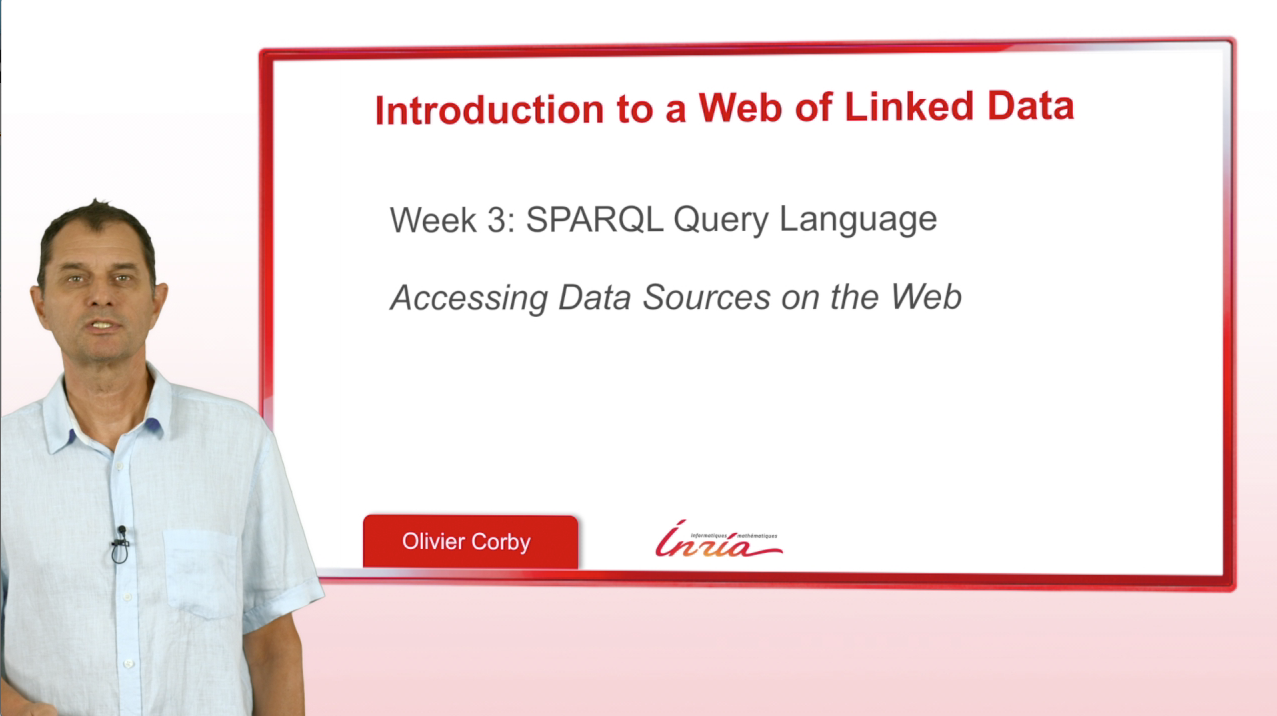

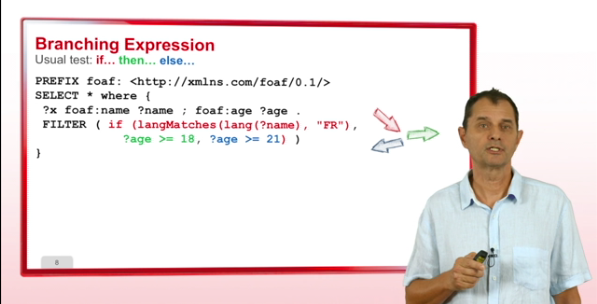



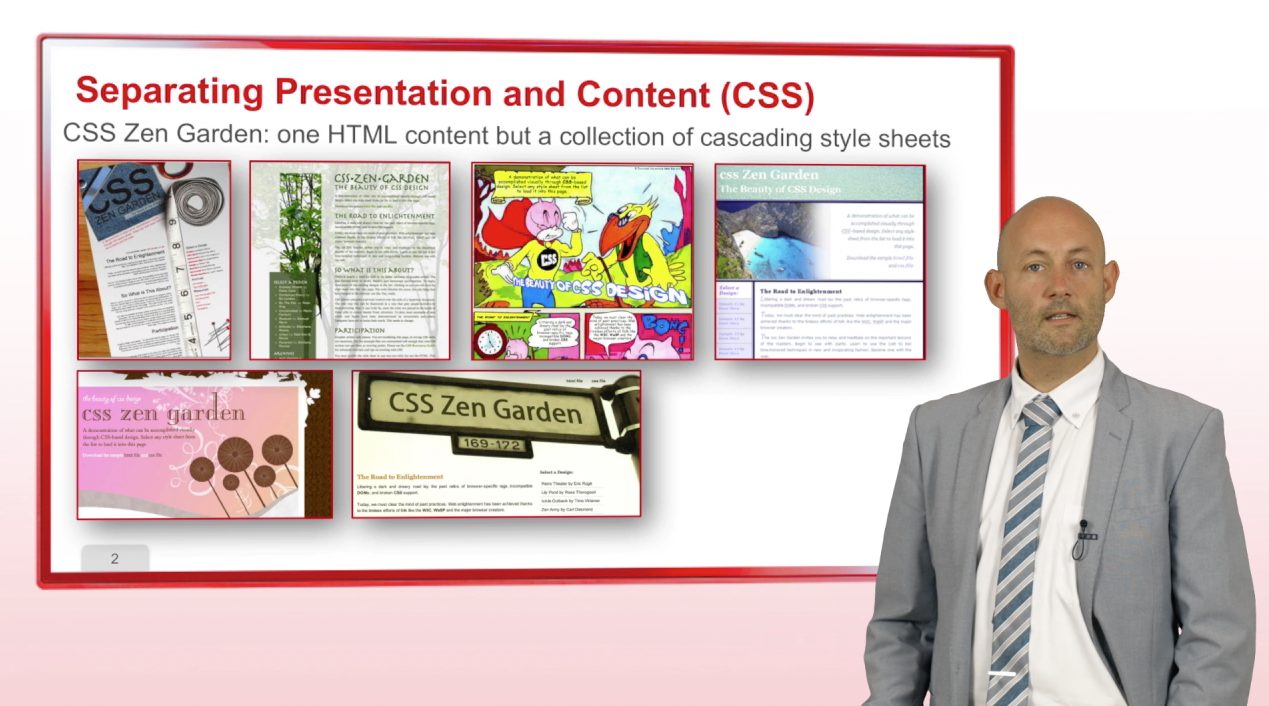
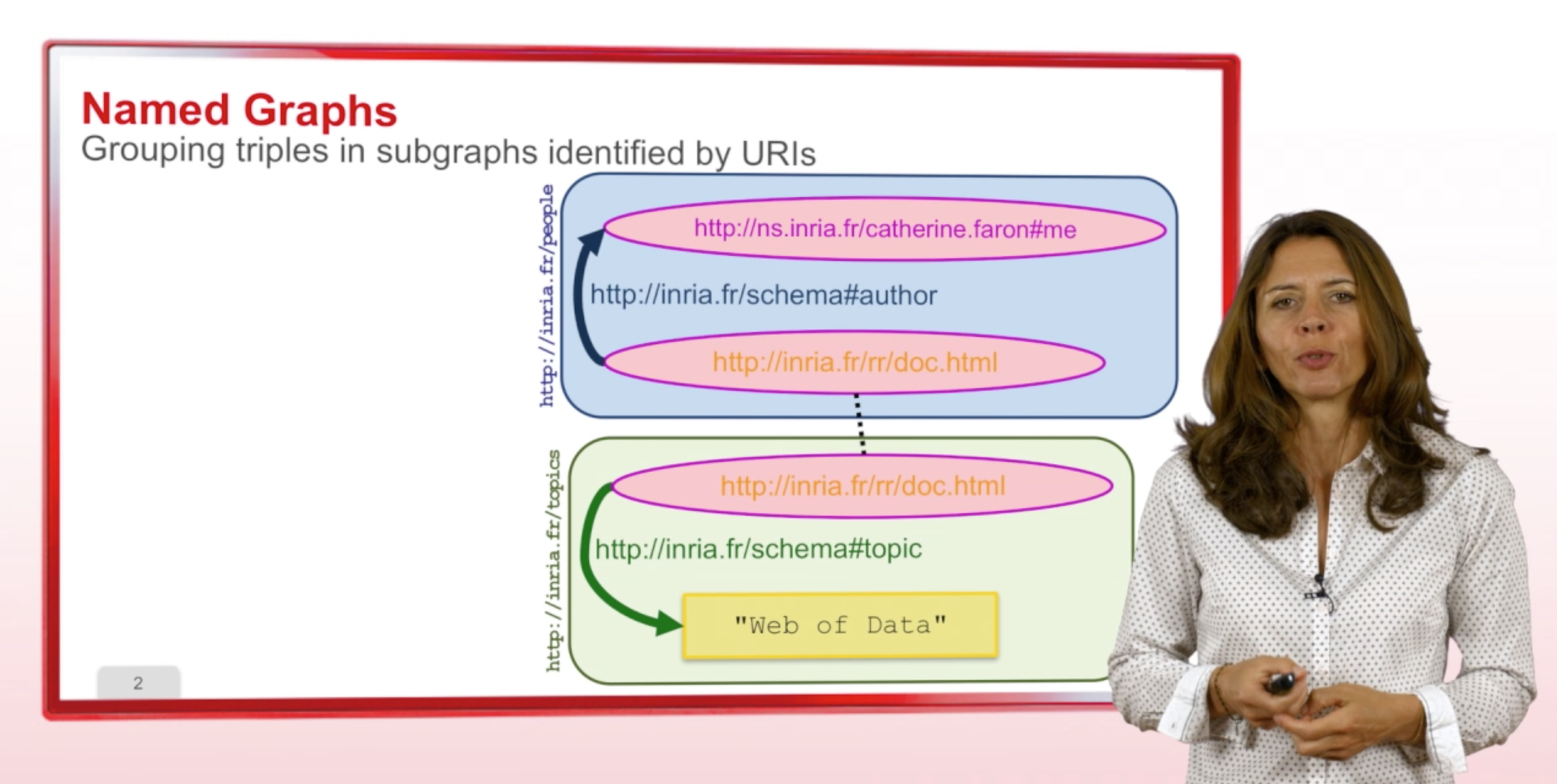


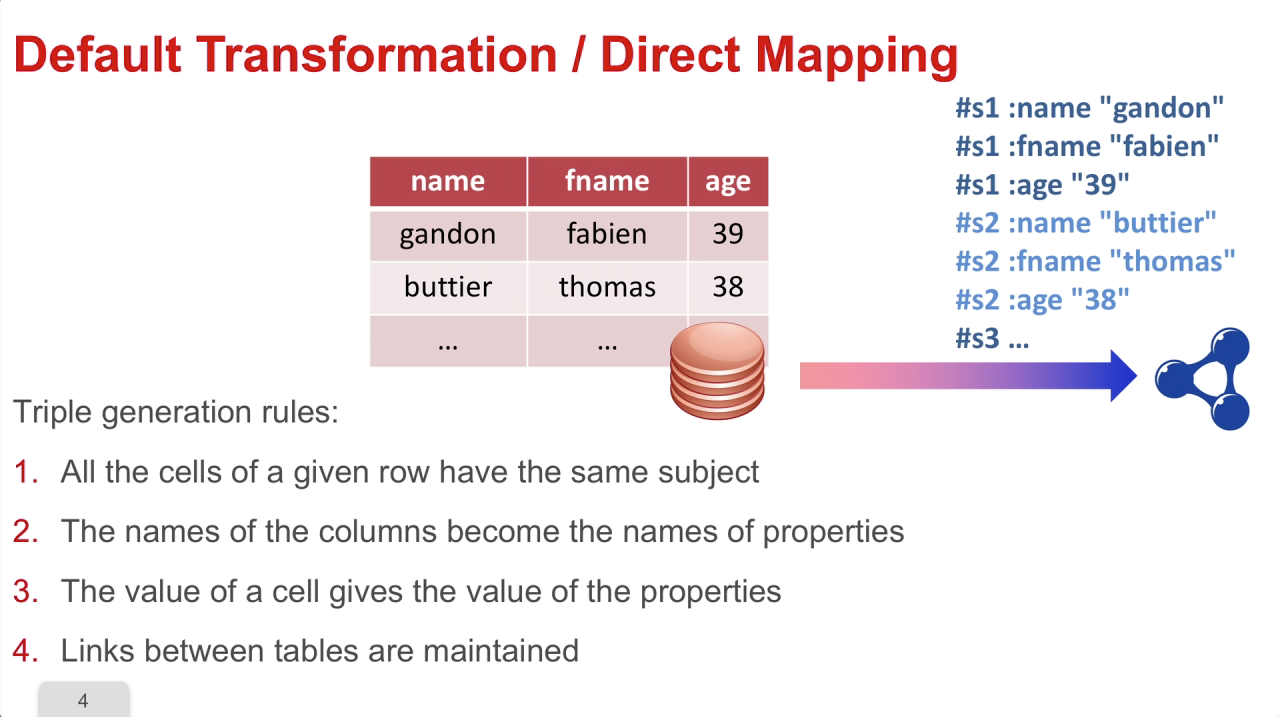
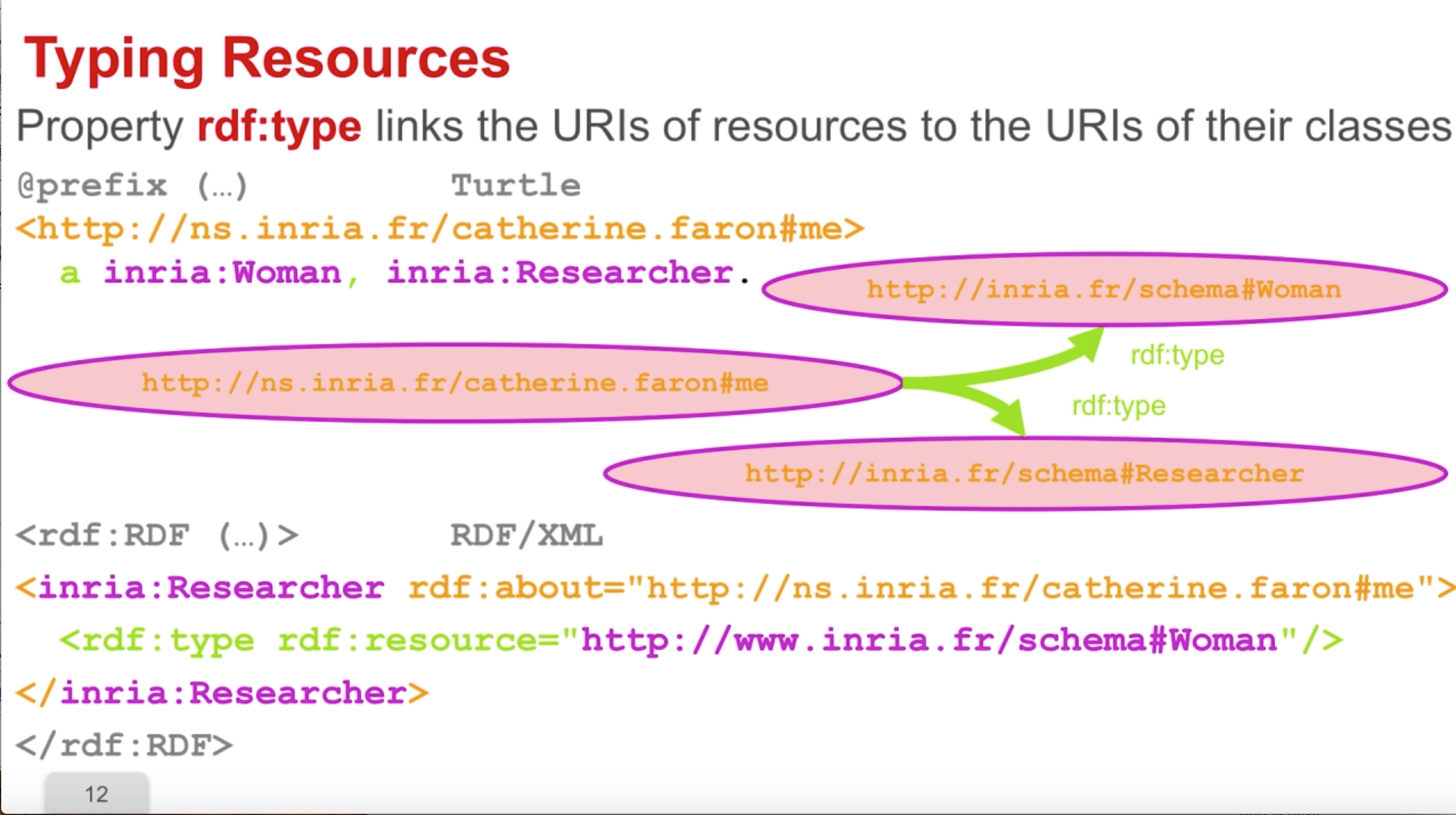


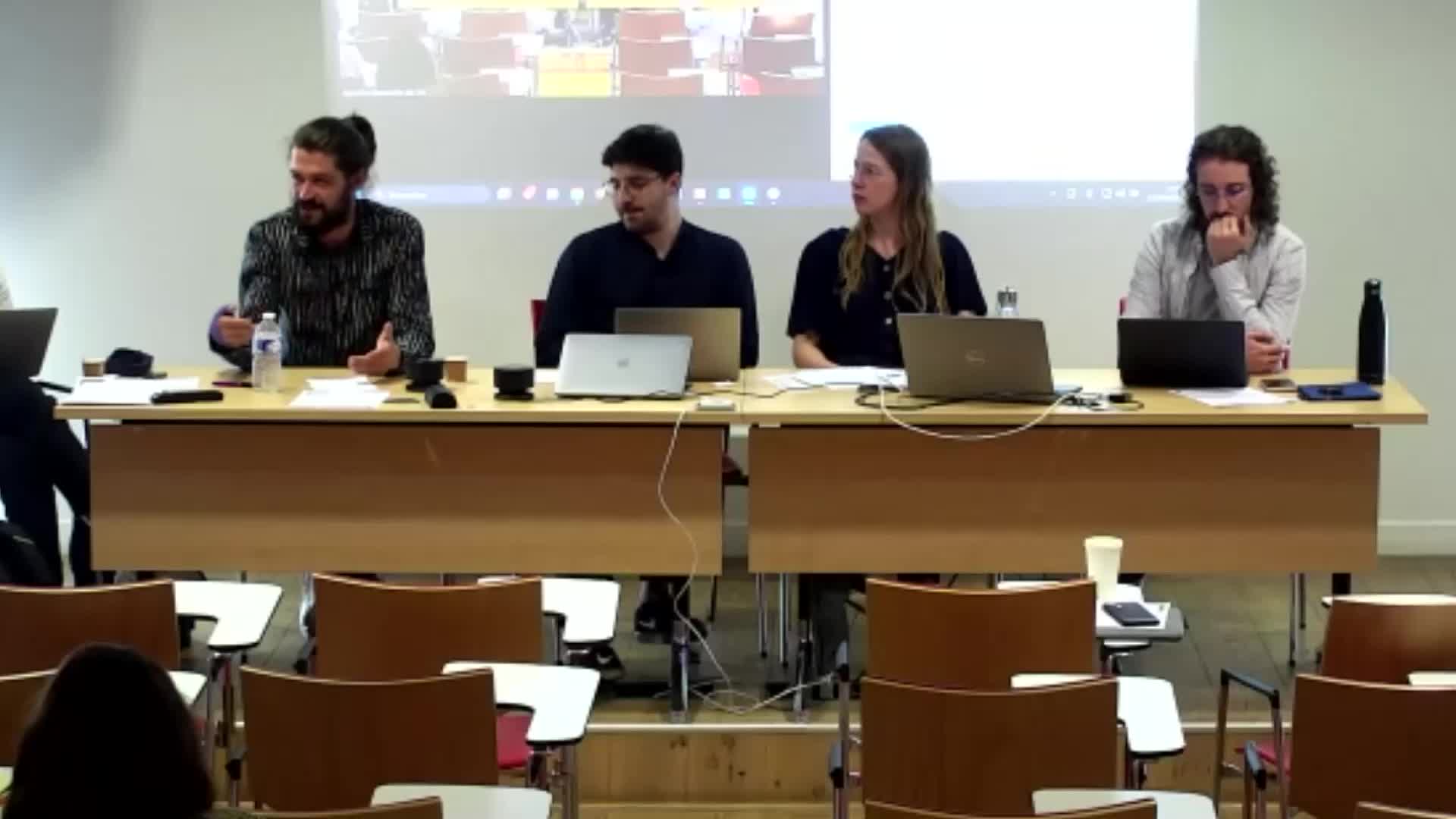
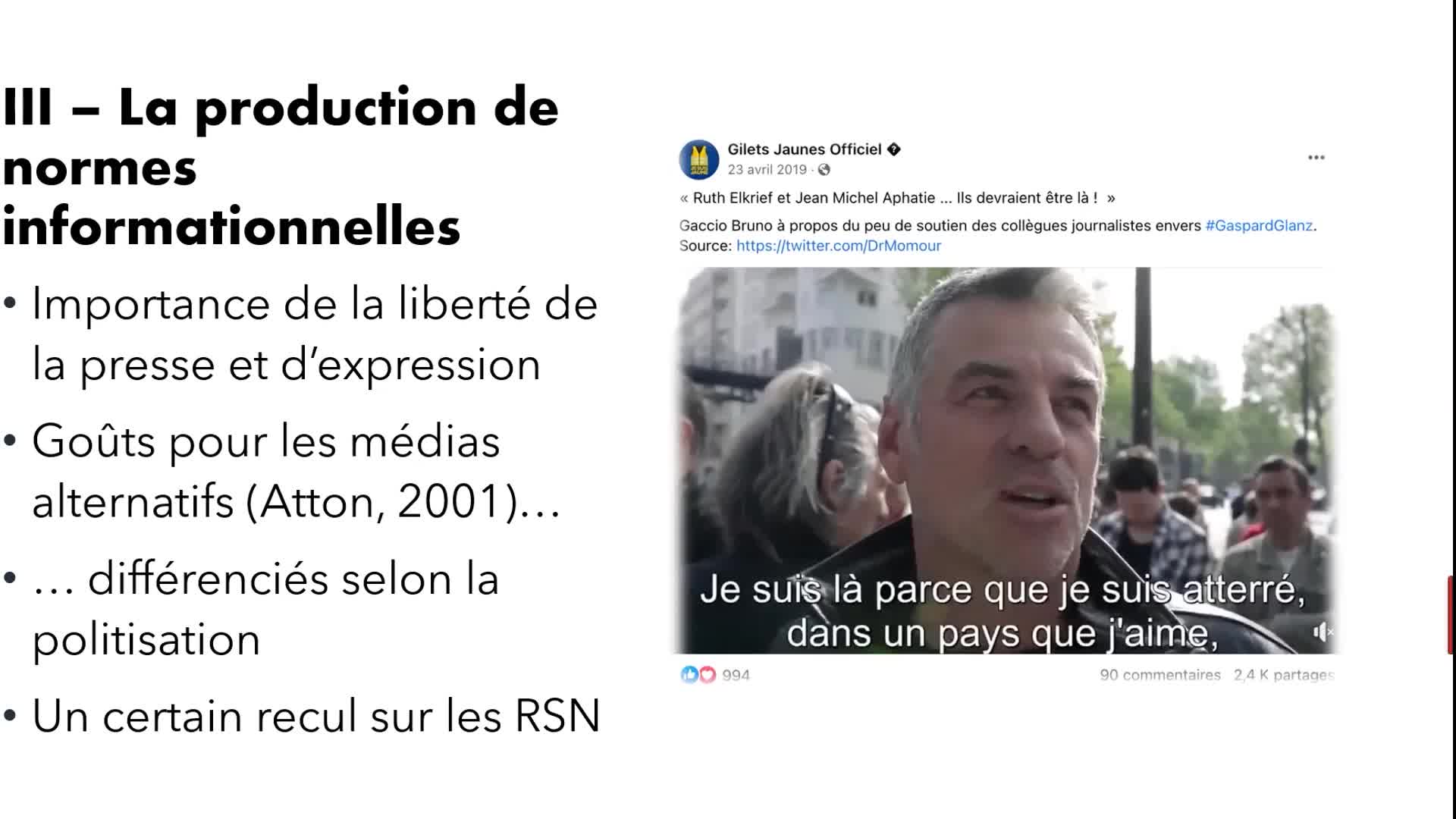


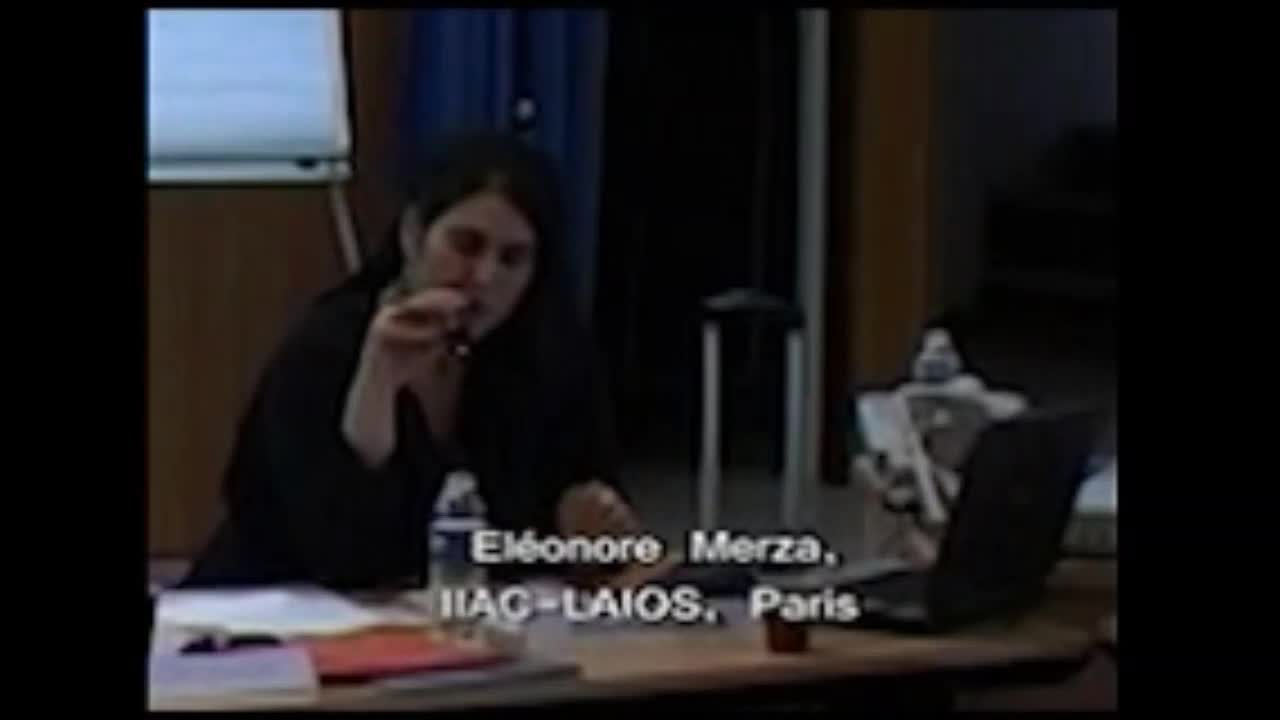
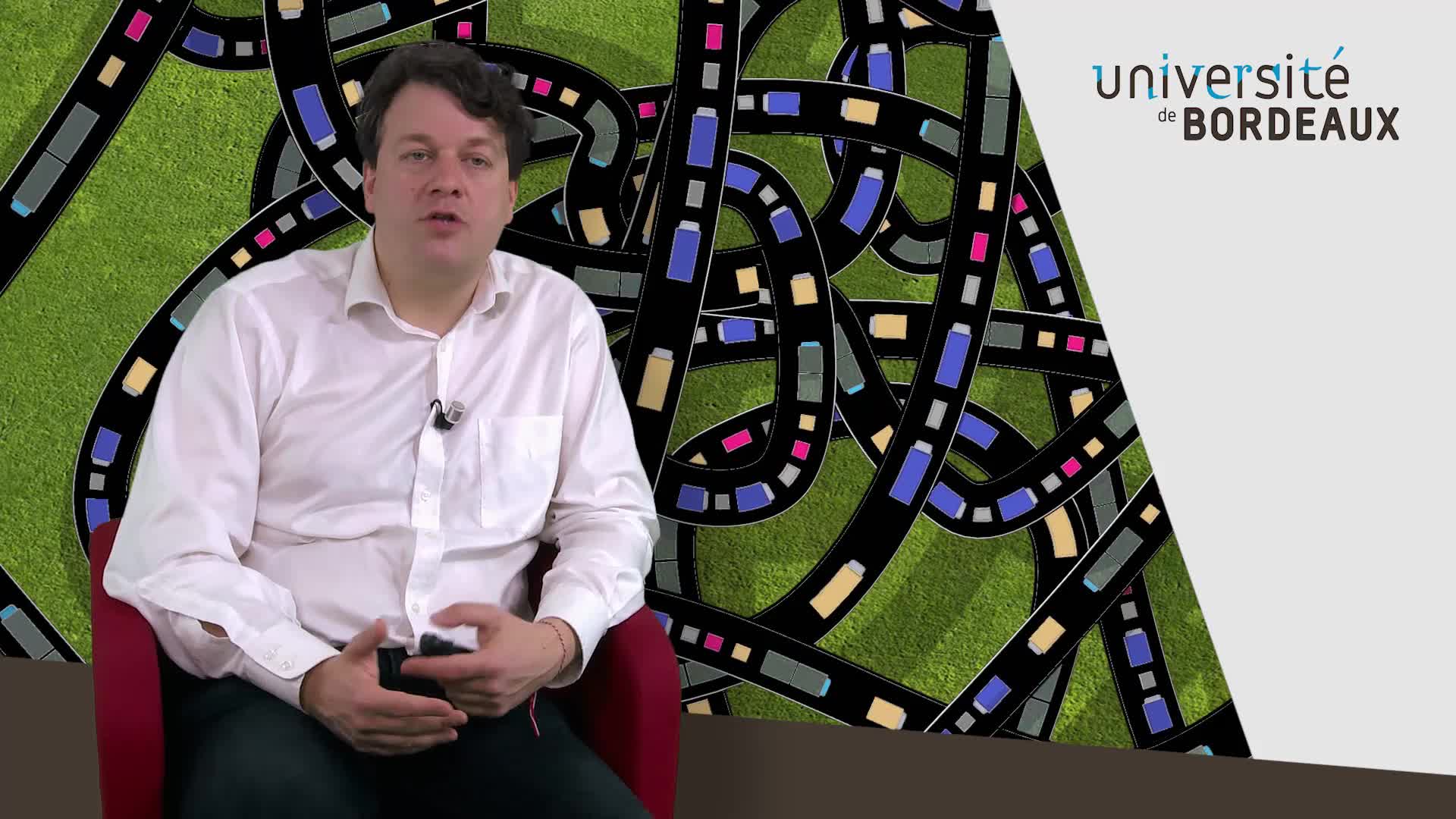
![[COLLOQUE] Festival de l’intelligence artificielle Avignon 2021 Présentation de La chaire LIA Avignon](https://vod.canal-u.tv/videos/media/images/universite_d_avignon_et_des_pays_de_vaucluse/.colloque.festival.de.l.intelligence.artificielle.avignon.2021.presentation.de.la.chaire.lia.avignon_64811/vignette.jpg)
![[COLLOQUE] FrenchTech Grande Provence & LIAvignon : L’IA de demain 2em partie](https://vod.canal-u.tv/videos/media/images/universite_d_avignon_et_des_pays_de_vaucluse/.colloque.frenchtech.grande.provence.liavignon.l.ia.de.demain.2em.partie_64819/vignette.jpg)
![[COLLOQUE] Festival de l’intelligence artificielle Avignon 2021 table ronde 2](https://vod.canal-u.tv/videos/media/images/universite_d_avignon_et_des_pays_de_vaucluse/.colloque.festival.de.l.intelligence.artificielle.avignon.2021.table.ronde.2_64807/vignette.jpg)
![[COLLOQUE] FrenchTech Grande Provence & LIAvignon : L’IA de demain](https://vod.canal-u.tv/videos/media/images/universite_d_avignon_et_des_pays_de_vaucluse/.colloque.frenchtech.grande.provence.liavignon.l.ia.de.demain_64813/vignette.jpg)
![[COLLOQUE] Festival de l’intelligence artificielle Avignon 2021 table ronde 1](https://vod.canal-u.tv/videos/media/images/universite_d_avignon_et_des_pays_de_vaucluse/.colloque.festival.de.l.intelligence.artificielle.avignon.2021_64135/vignette.jpg)
![[COLLOQUE] Festival de l’intelligence artificielle Avignon 2021 table ronde 3](https://vod.canal-u.tv/videos/media/images/universite_d_avignon_et_des_pays_de_vaucluse/.colloque.festival.de.l.intelligence.artificielle.avignon.2021.table.ronde.3_64809/vignette.jpg)